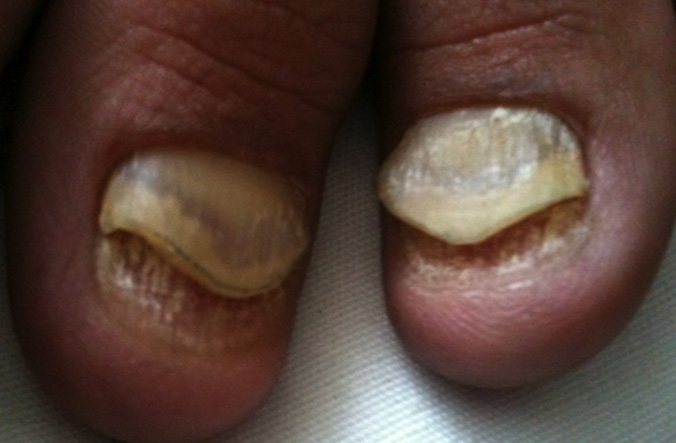Nail lichen planus in children: a study of 12 cases.

Downloads
DOI:
https://doi.org/10.26326/2281-9649.31.1.2203How to Cite
Abstract
Background. Nail lichen planus is considered to be rare in children. Information about its prognosis is lacking.
Objectives. To review the epidemiological and clinical features, response to treatment and follow-up of 12 children with nail lichen planus.
Methods. Retrospective study involving 12 children younger than 16 years with a clinical and histopathological diagnosis of nail lichen planus, seen from April 2006 to December 2019 at outpatient consultation for nail disorders of the Department of Dermatology of the University Hassan II of Casablanca, Morocco.
Results. Data on 12 children were collected, with an average age of 10.6 years (8-16 years). A male preponderance was observed (7/12). The mean duration of the disease was about 16 months. None of the children had skin or mucosal lesions of lichen planus. In all nail lichen planus cases, nail bed involvement was associated with nail matrix damage. In all cases nail biopsy confirmed the diagnosis. Intramuscular triamcinolone acetonide was used in all patients. Apart from the patients with pterygium, most of the children improved.
Conclusions. Because of the risk of permanent scarring in nail lichen planus, early diagnosis is essential. Nail biopsy is a relatively simple, safe and useful procedure with a minimal scarring risk, even in children. Treatment should be implemented immediately.
